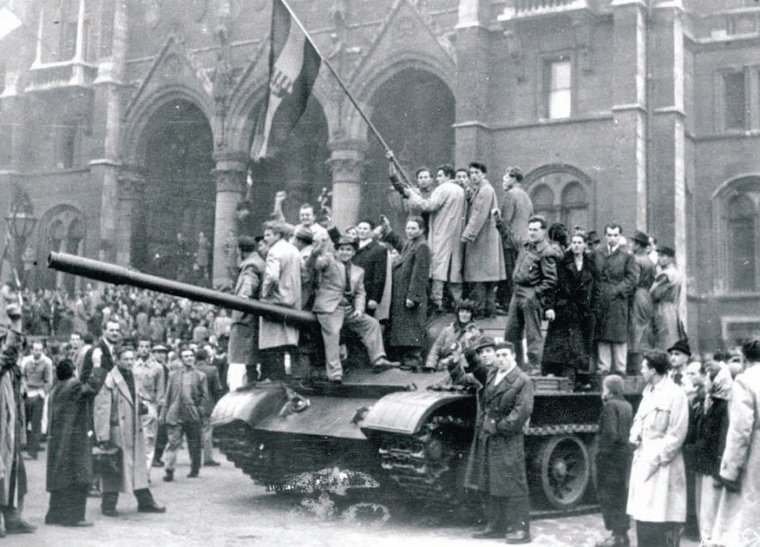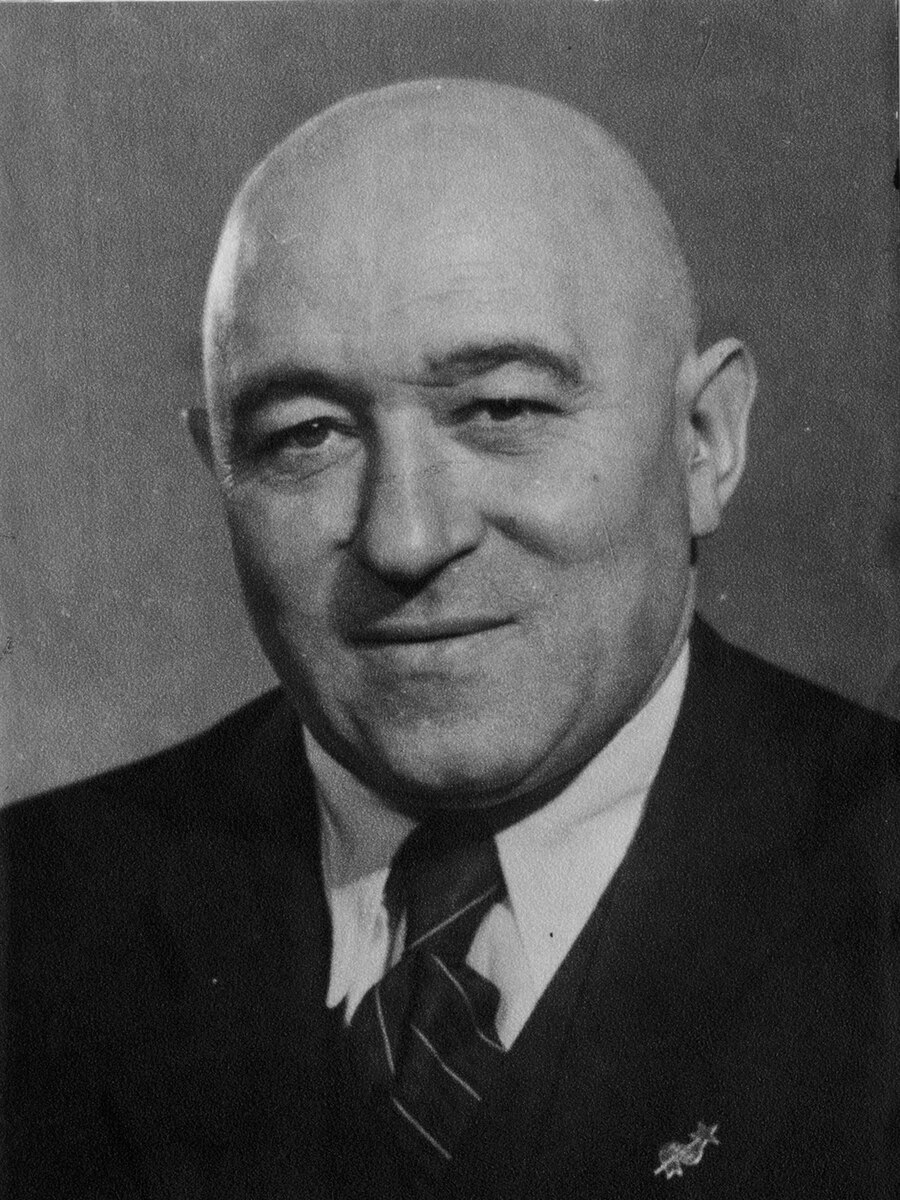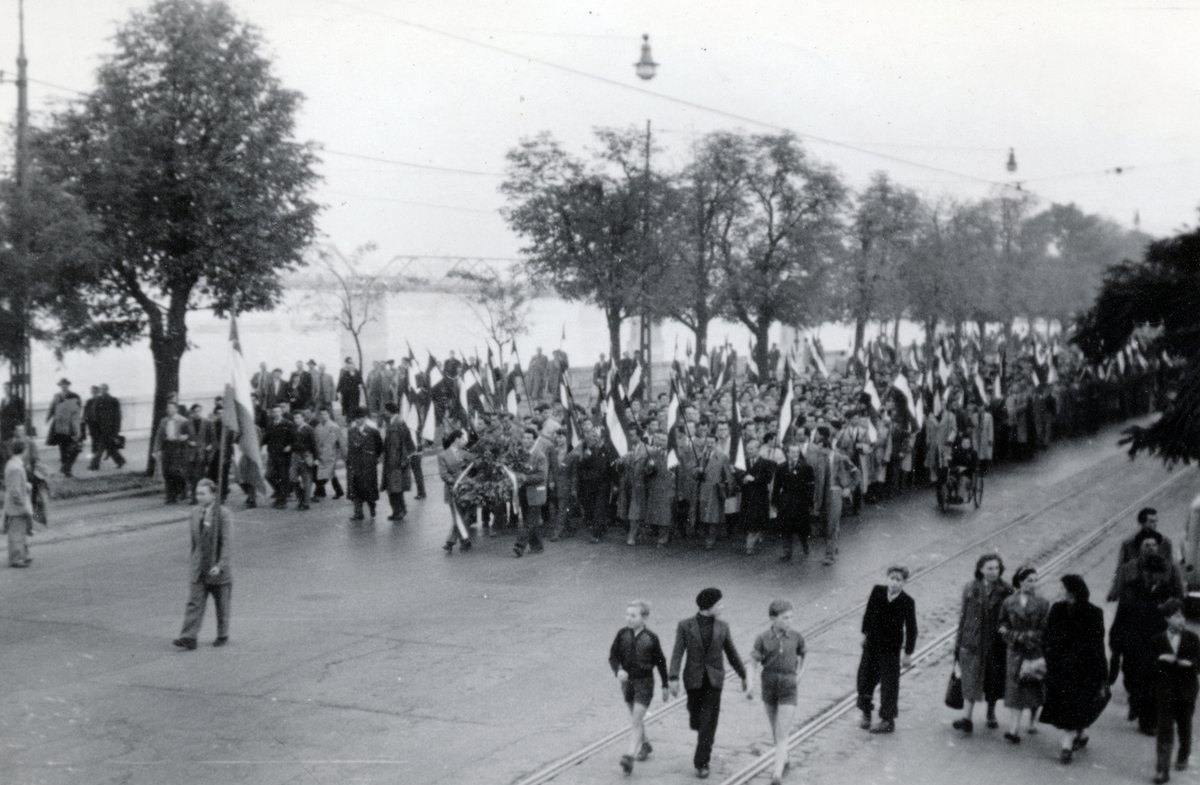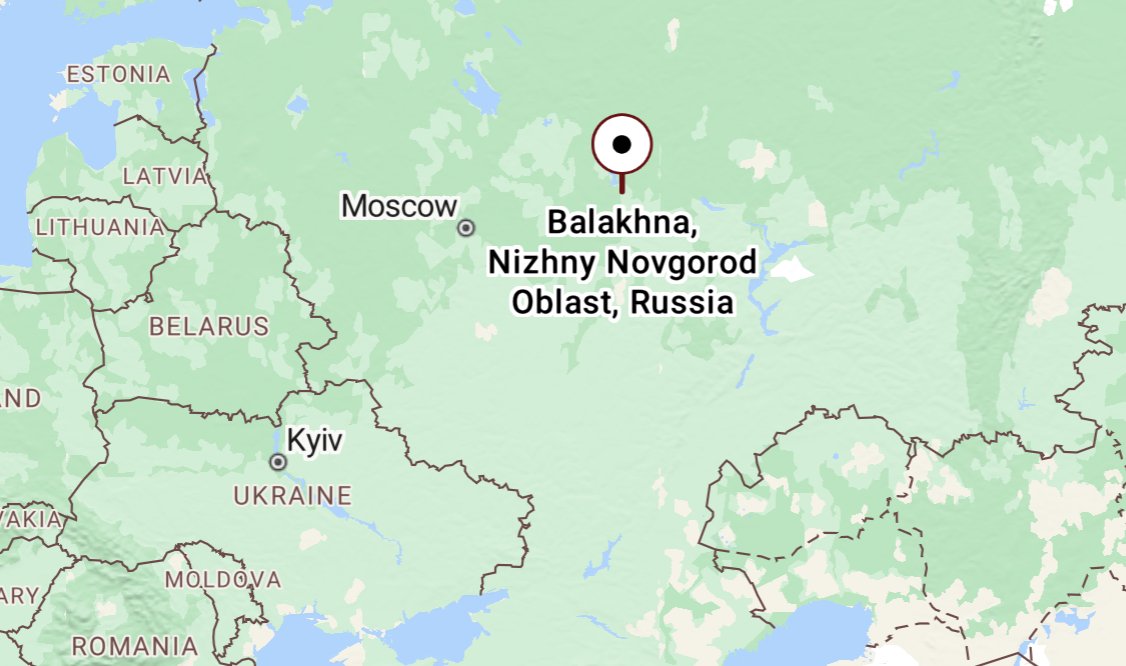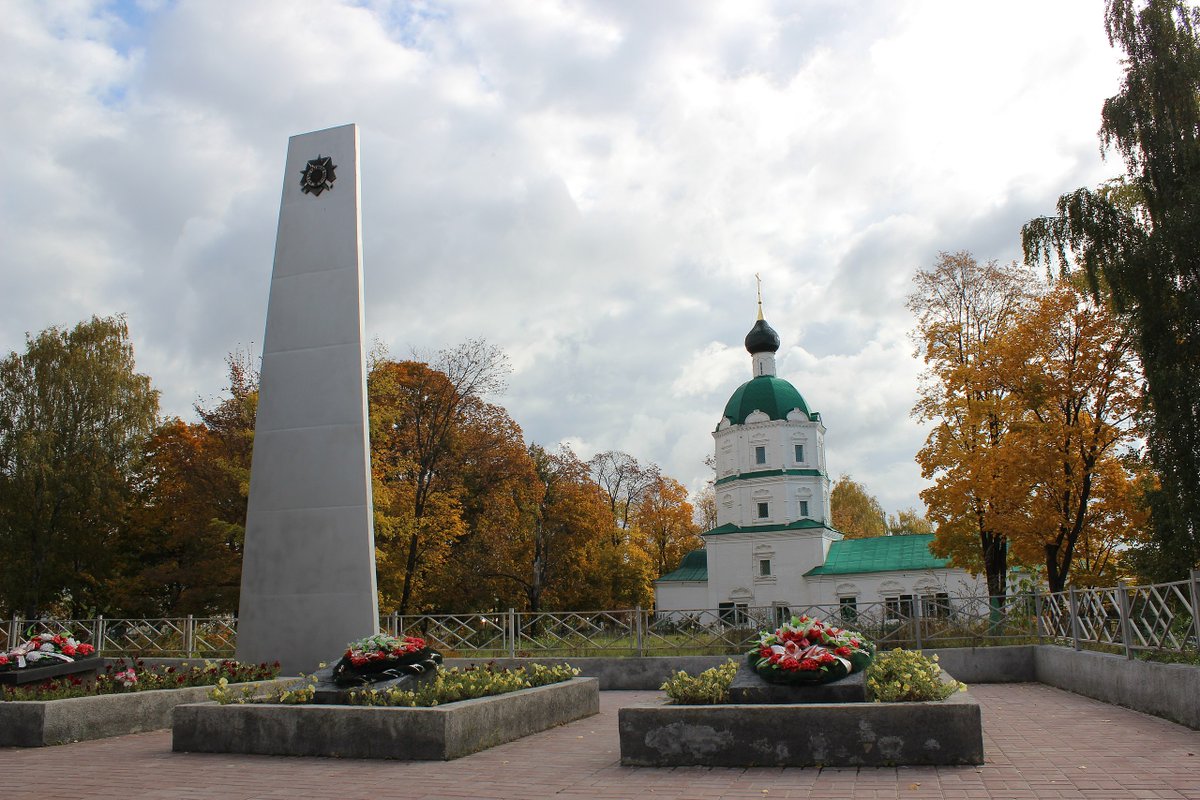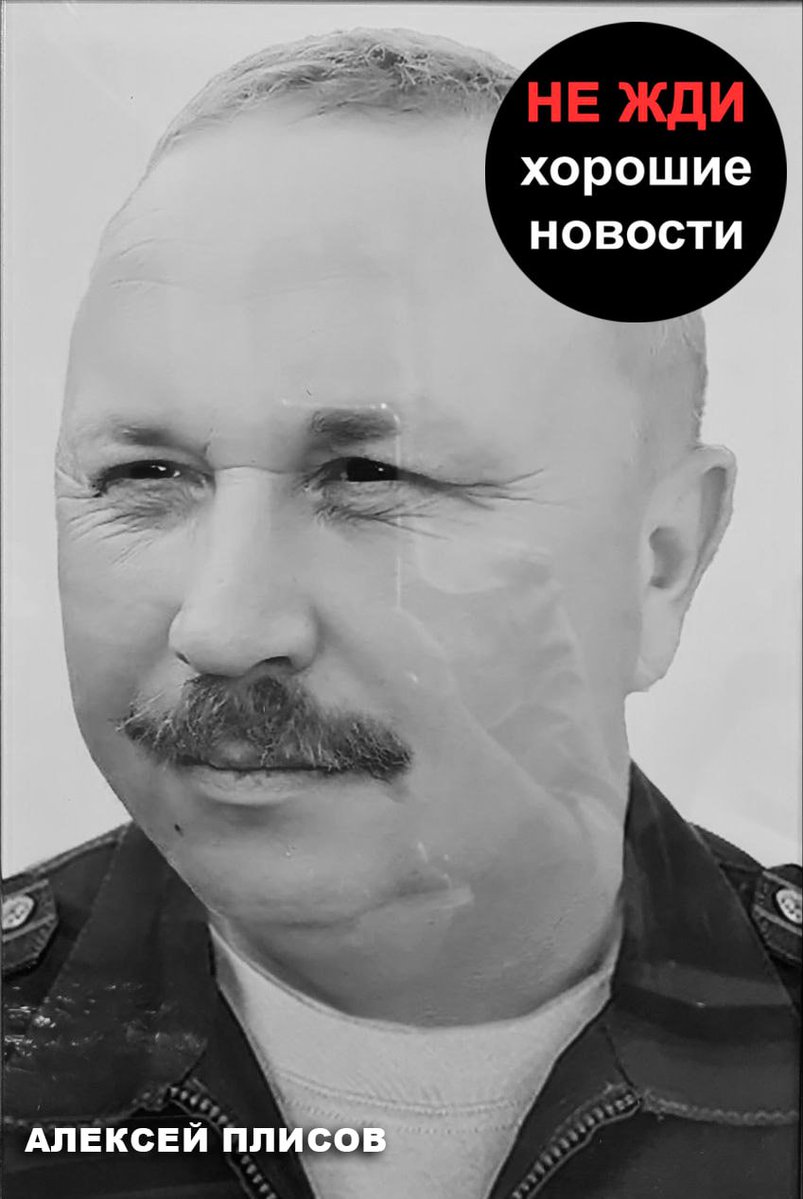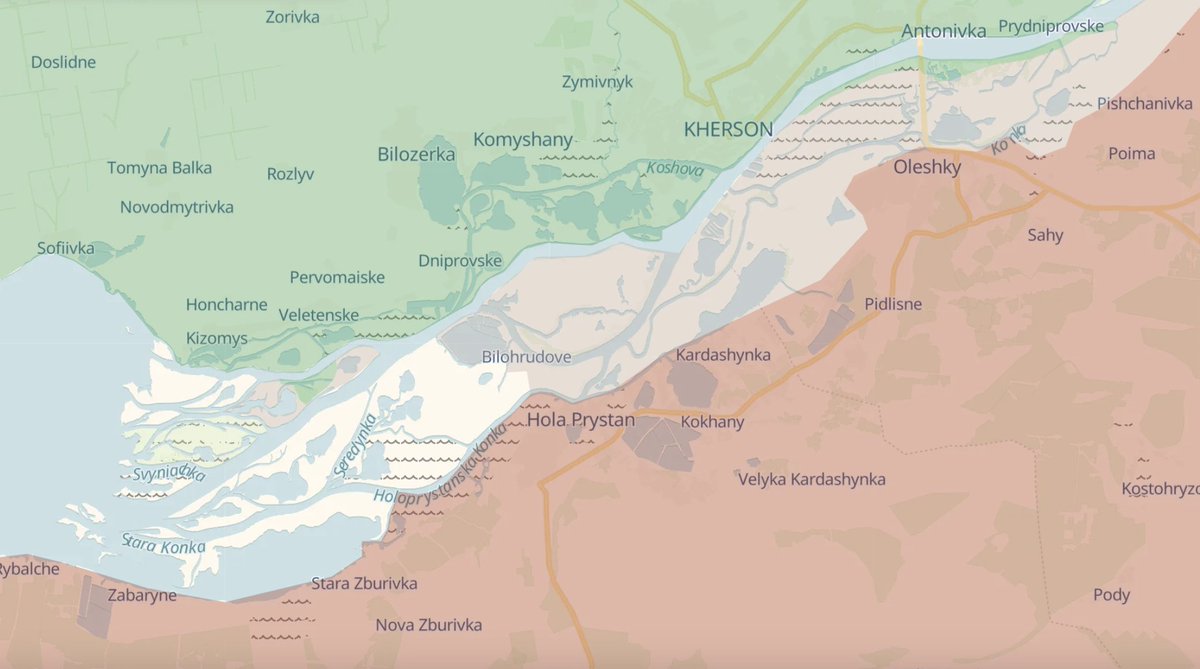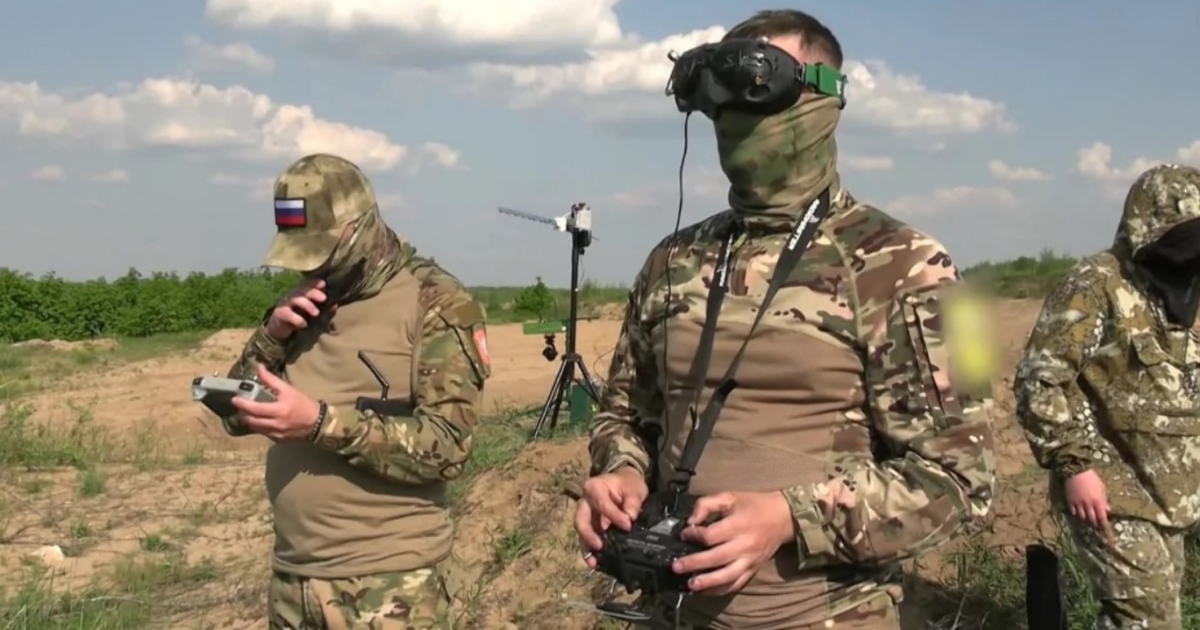1/ THE HUNGARIAN REVOLUTION, DAY 2
69 years ago today, Hungary's revolution was entering its second day as the population revolted against the Communist government. This thread continues the day-by-day story of the revolution, as the Soviets became involved for the first time.
69 years ago today, Hungary's revolution was entering its second day as the population revolted against the Communist government. This thread continues the day-by-day story of the revolution, as the Soviets became involved for the first time.
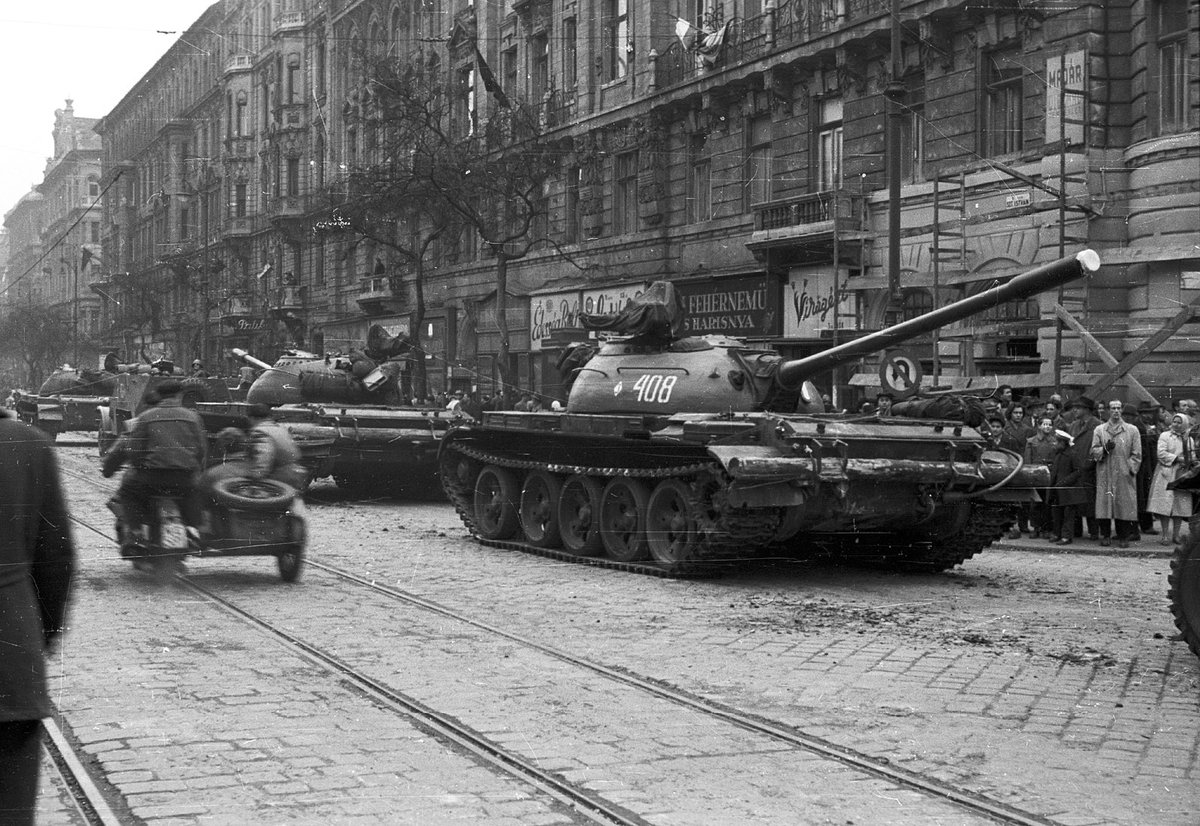
3/ In the early hours of 24 October 1956, Hungarian Communist leader Ernő Gerő appeals to Moscow to help suppress the "counter-revolutionary" uprising. At 02:00, Soviet defence minister Georgy Zhukov authorises the deployment of Red Army troops. 

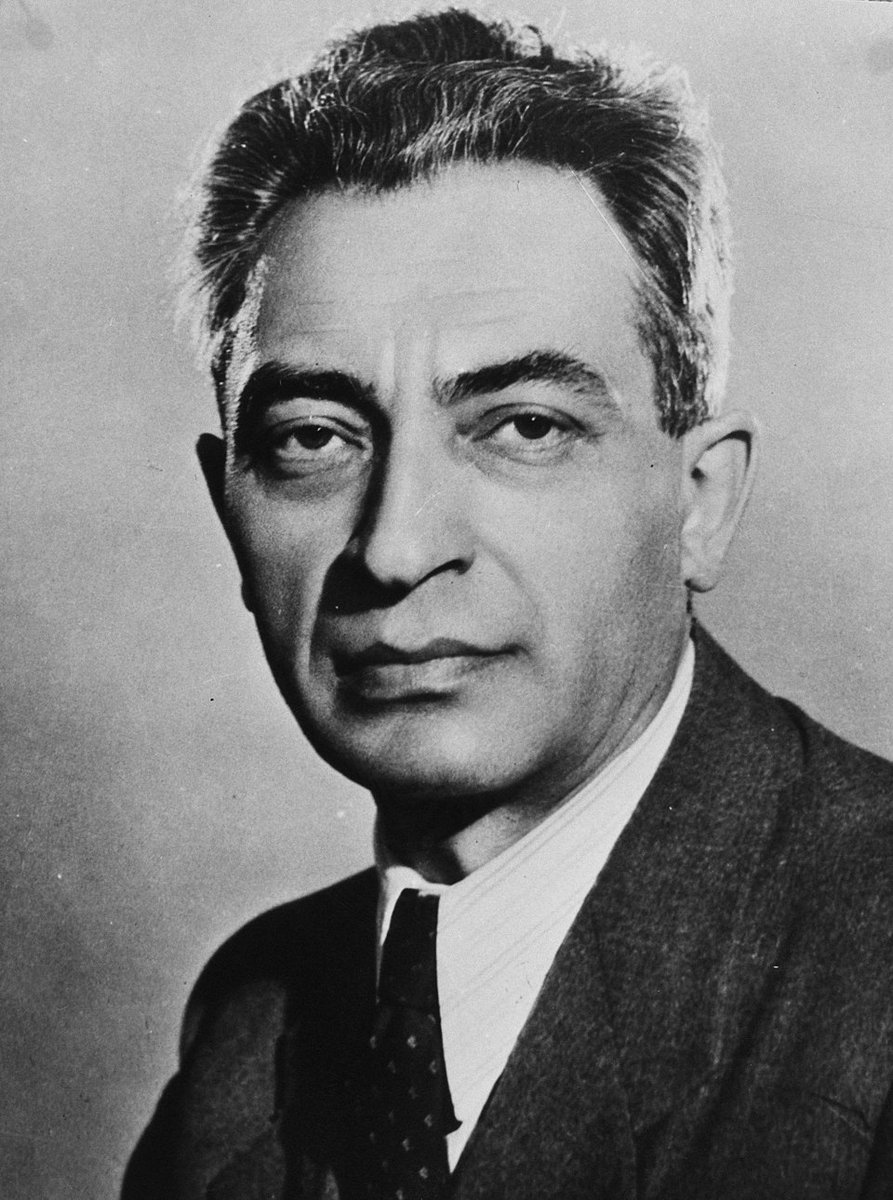
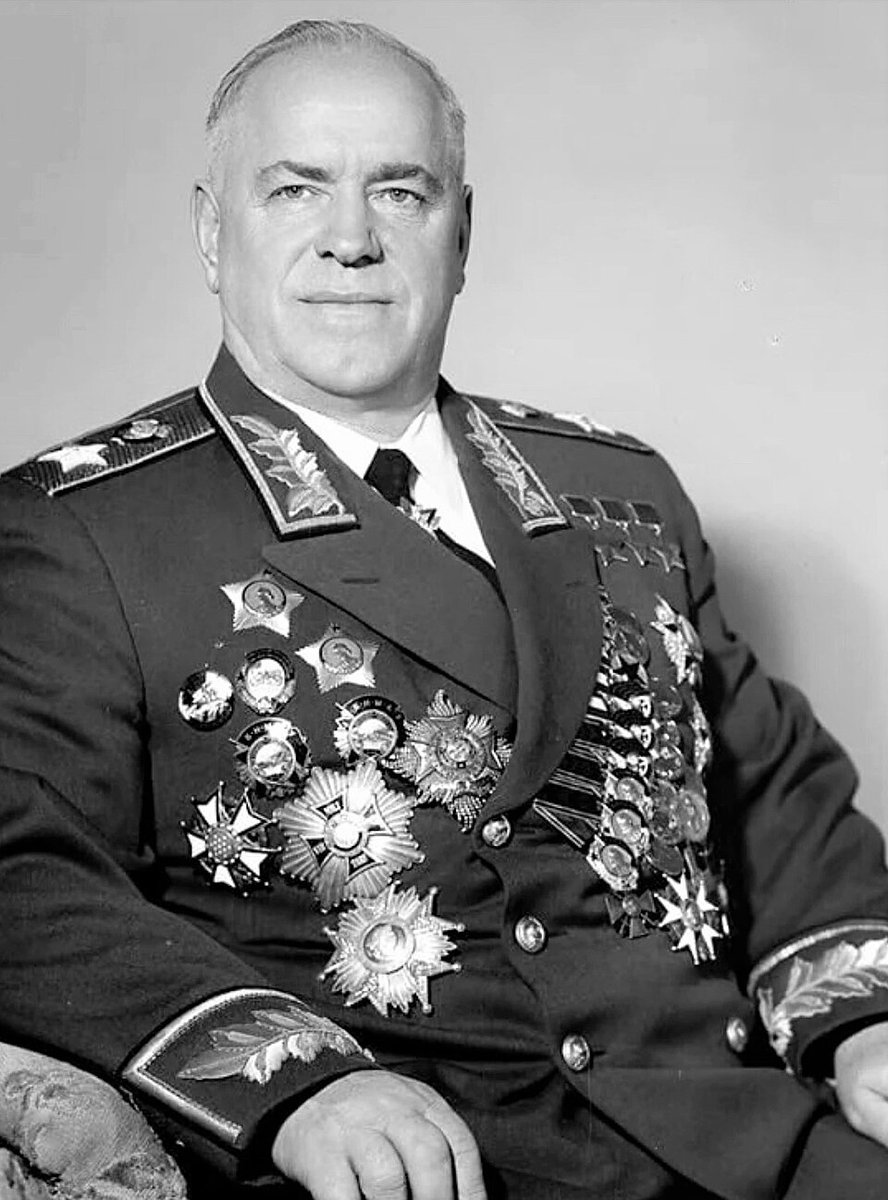
4/ With the Soviets beginning to mobilise from nearby bases, principally Tököl and Székesfehérvár, fighting continues between revolutionary insurgents and members of the ÁVH secret police around the Magyar Rádió building and other locations in Budapest. 
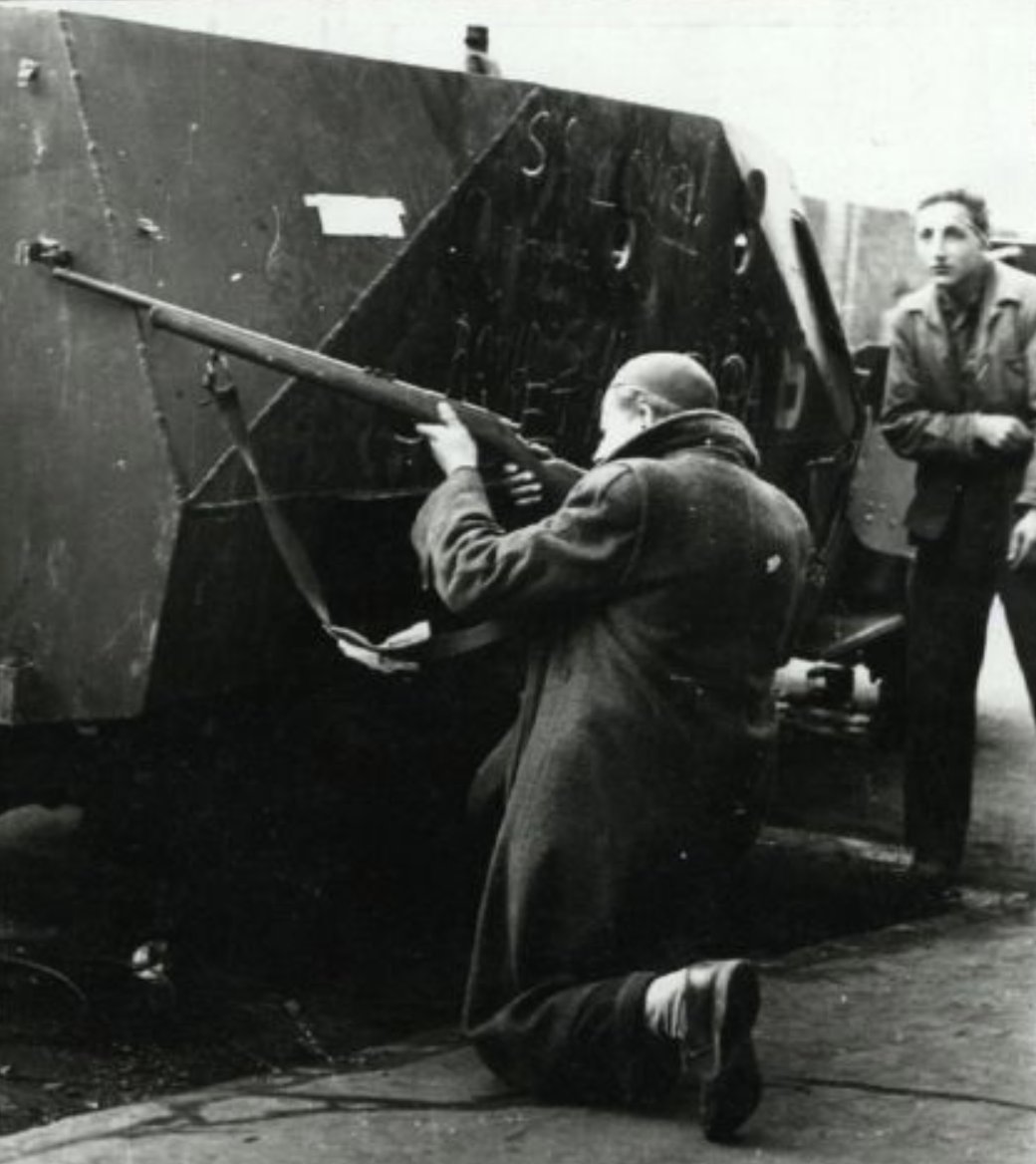
6/ By this time, the revolutionaries are arming themselves with weapons confiscated from or given to them by the police and army units. They begin preparing Molotov cocktails in anticipation of facing armoured vehicles, which can be vulnerable to flammable liquids. 
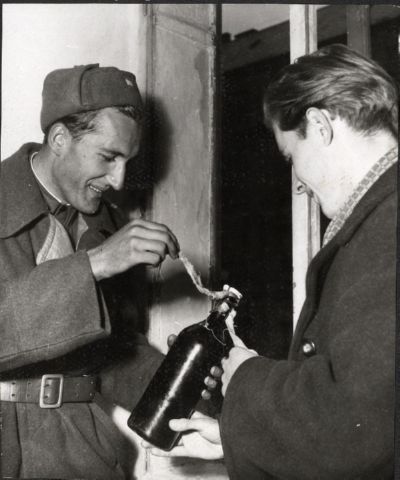
7/ As daylight breaks over Budapest, clashes break out between Soviet forces and revolutionaries, with both men and women taking up arms. There are casualties on both sides. Tanks are set on fire and Hungarians are killed and injured by Soviet machine-gun and tank fire. 
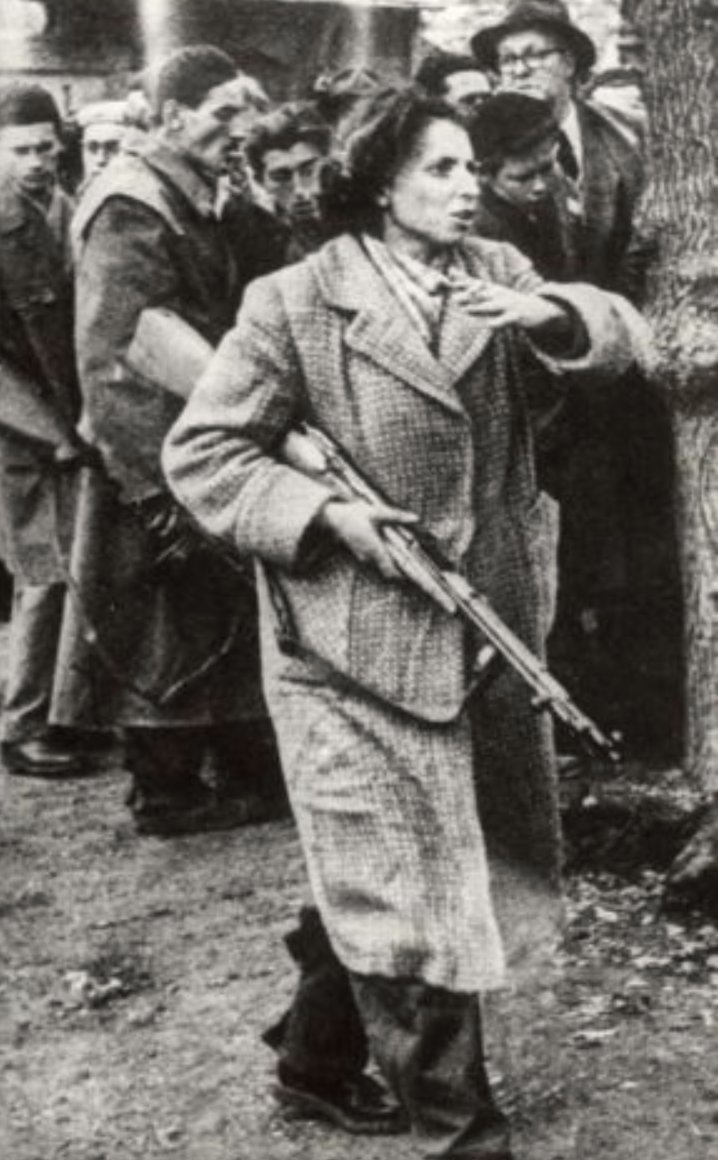
8/ The revolution is only in its second day, but is already spreading through Hungarian society. Women and children build barricades, transport ammunition, or act as messengers, spreading news of Soviet movements. Revolutionary committees are established in Budapest's suburbs. 
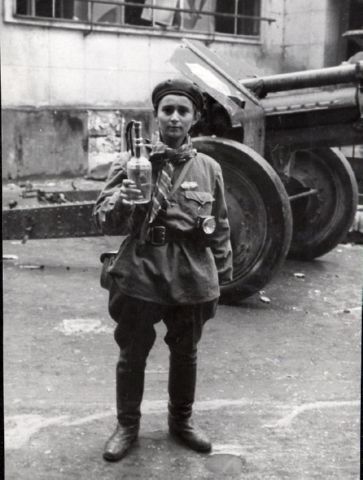
9/ Other towns establish their own revolutionary committees, with workers' councils forming in factories in Szeged, Debrecen, and Győr to demand economic reforms and an end to Soviet occupation. 
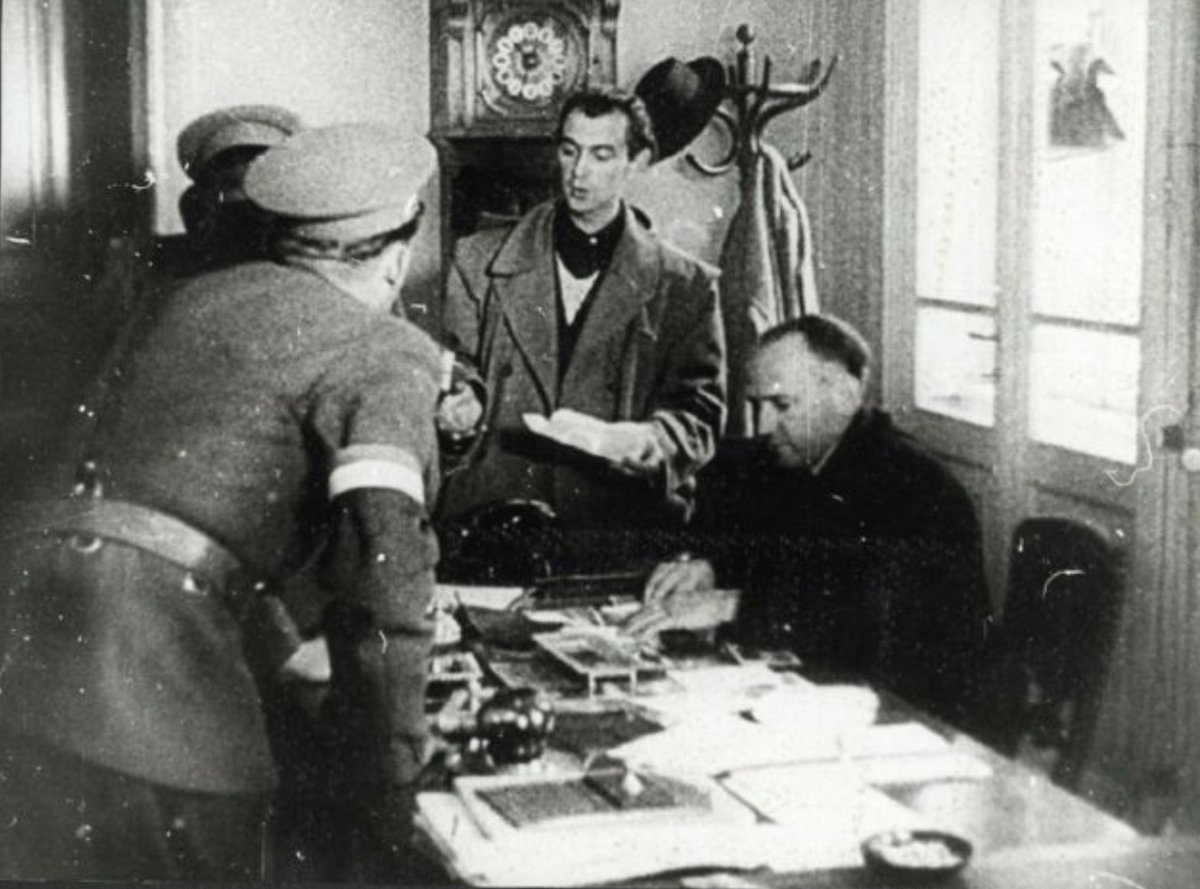
10/ Caught out by the uprising, the Hungarian Communist Party's reaction is confused and contradictory. Gerő gives another defiant speech denouncing the revolutionaries as "fascist", but moderate Communist Imre Nagy is appointed prime minister in place of András Hegedüs. 
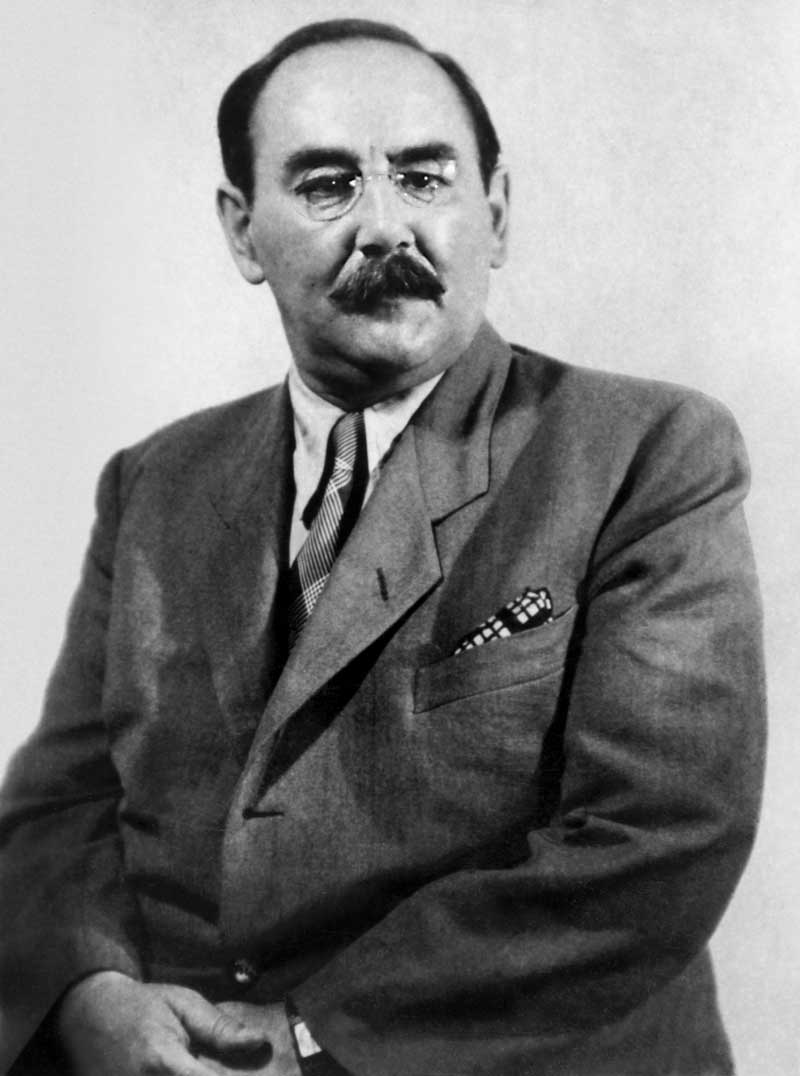
11/ Nagy appeals for a ceasefire but is ignored by both hardline Communists and the revolutionaries. Large crowds gather in the streets, waving Hungarian flags with the Communist insignia ripped out. 
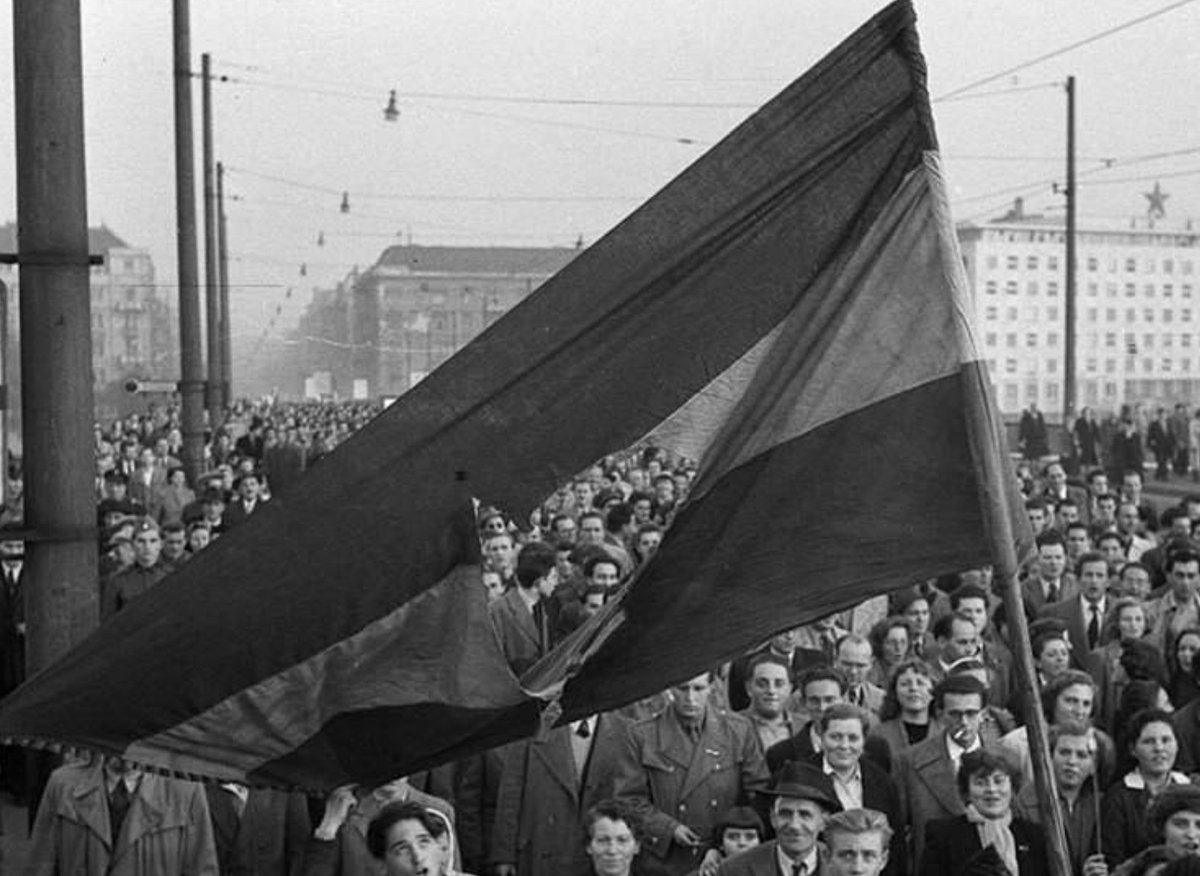
12/ Fighting continues throughout the day between revolutionaries, the ÁVH and the Red Army. Soviet commanders are taken aback by the fierce resistance and the increasing losses caused by sending tanks down narrow streets where they could easily be ambushed. 
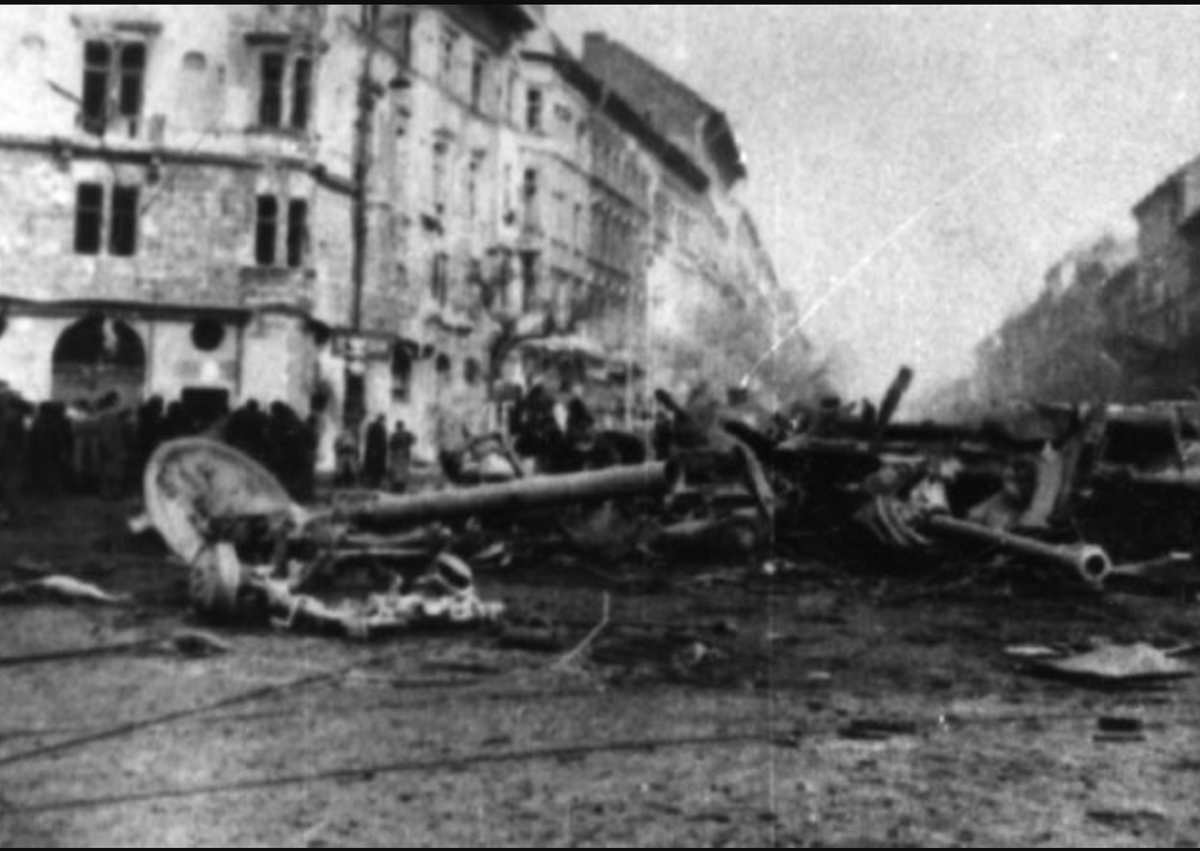
13/ The Hungarian Army's position is equally confused. Some units follow orders and confront the revolutionaries; others stay neutral; some soldiers even join the revolutionaries and give them weapons or paint the pre-communist national coat of arms on their tank turrets. 
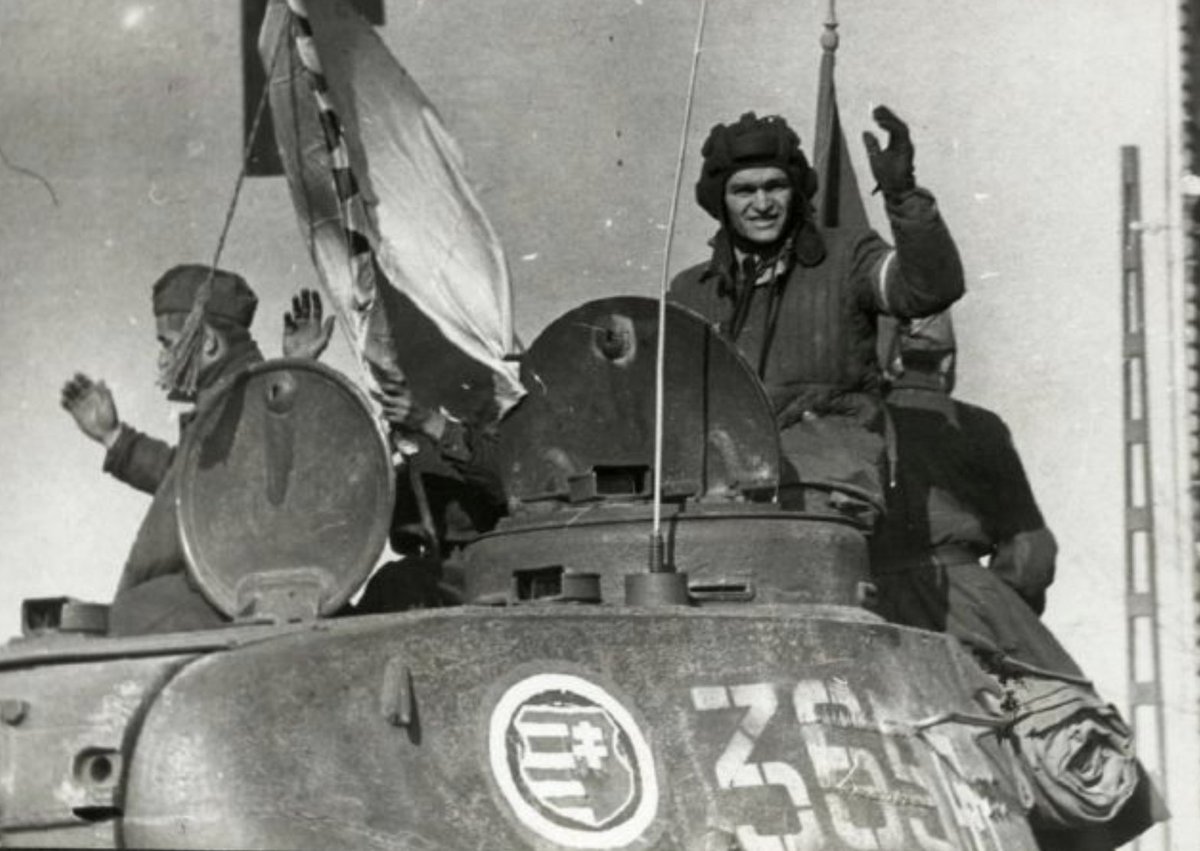
14/ By midnight, dozens more people on both sides have been killed. The fighting has subsided as fatigue and logistical difficulties take their toll. With the revolution continuing to spread across Hungary, Imre Nagy attempts to formulate a reform plan.
15/ Nagy's plan includes promises of amnesty for rebels and negotiations with the Soviets. However, his position remains precarious due to opposing hardliners and the ambiguous position of the Soviets, who are opposed to the revolution but have no wish to return to Stalinism.
(To be continued tomorrow.)
• • •
Missing some Tweet in this thread? You can try to
force a refresh


